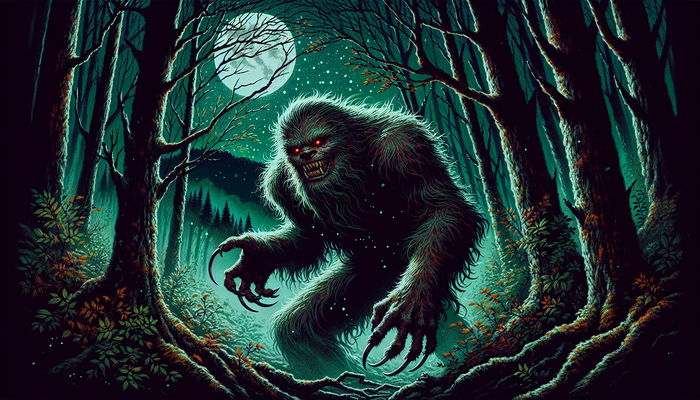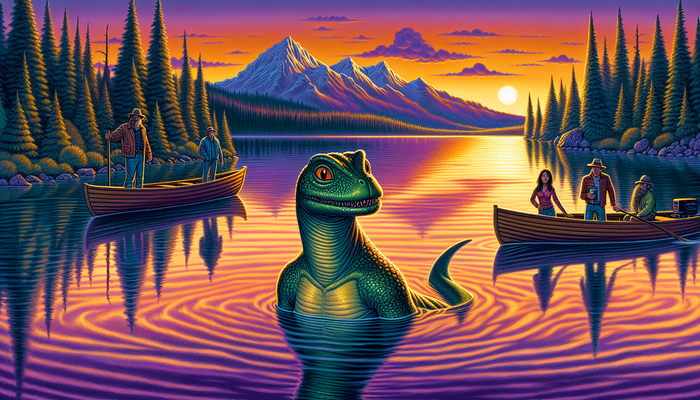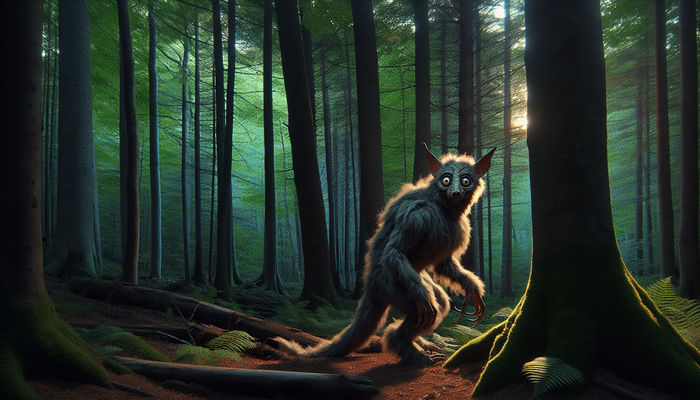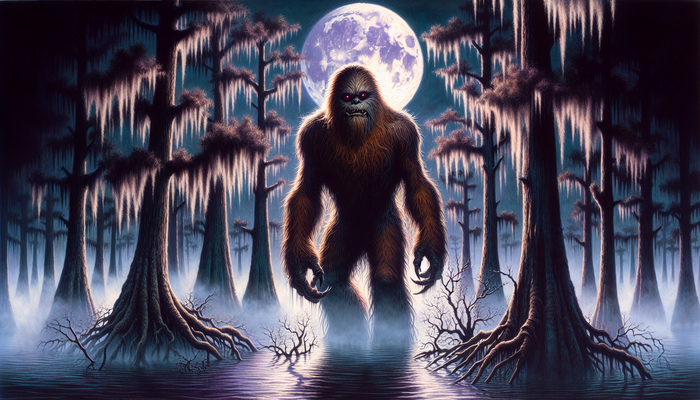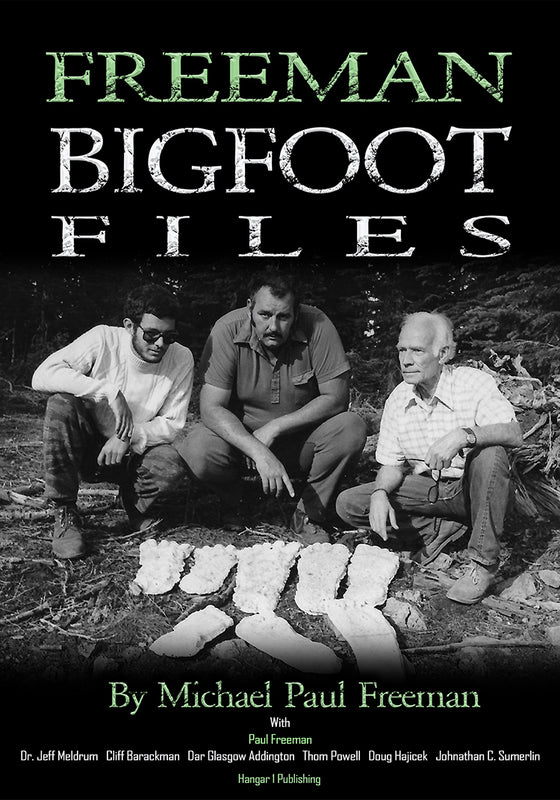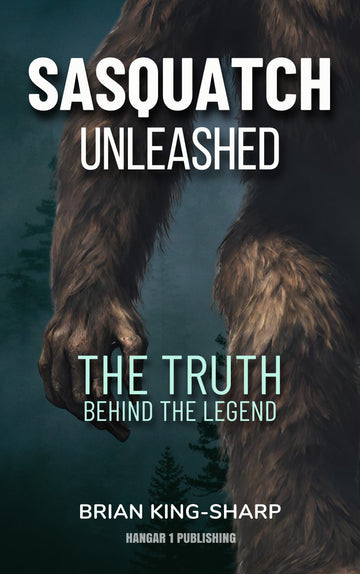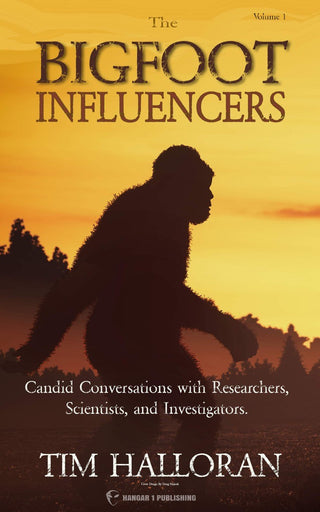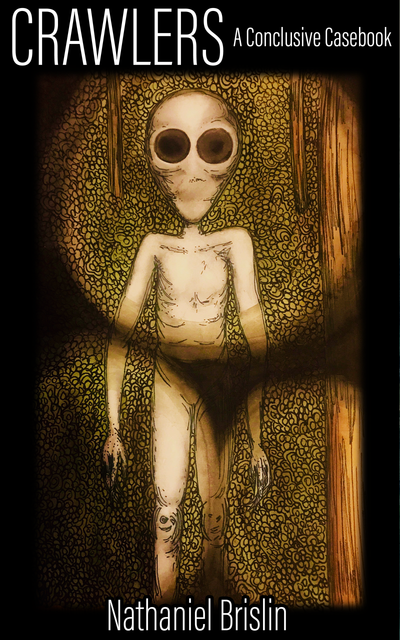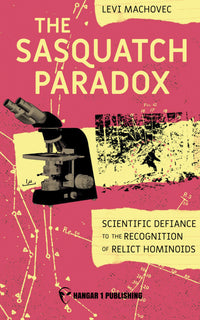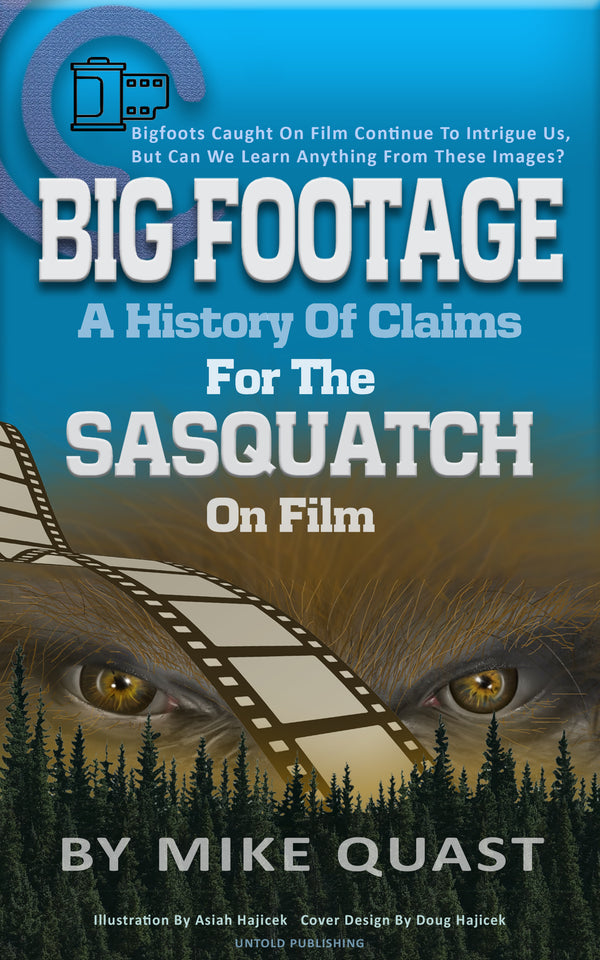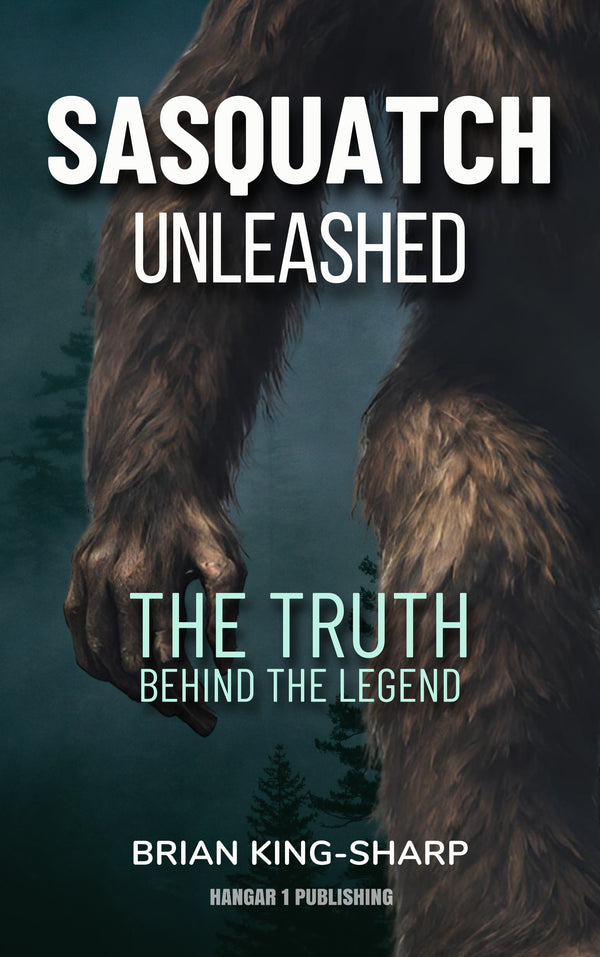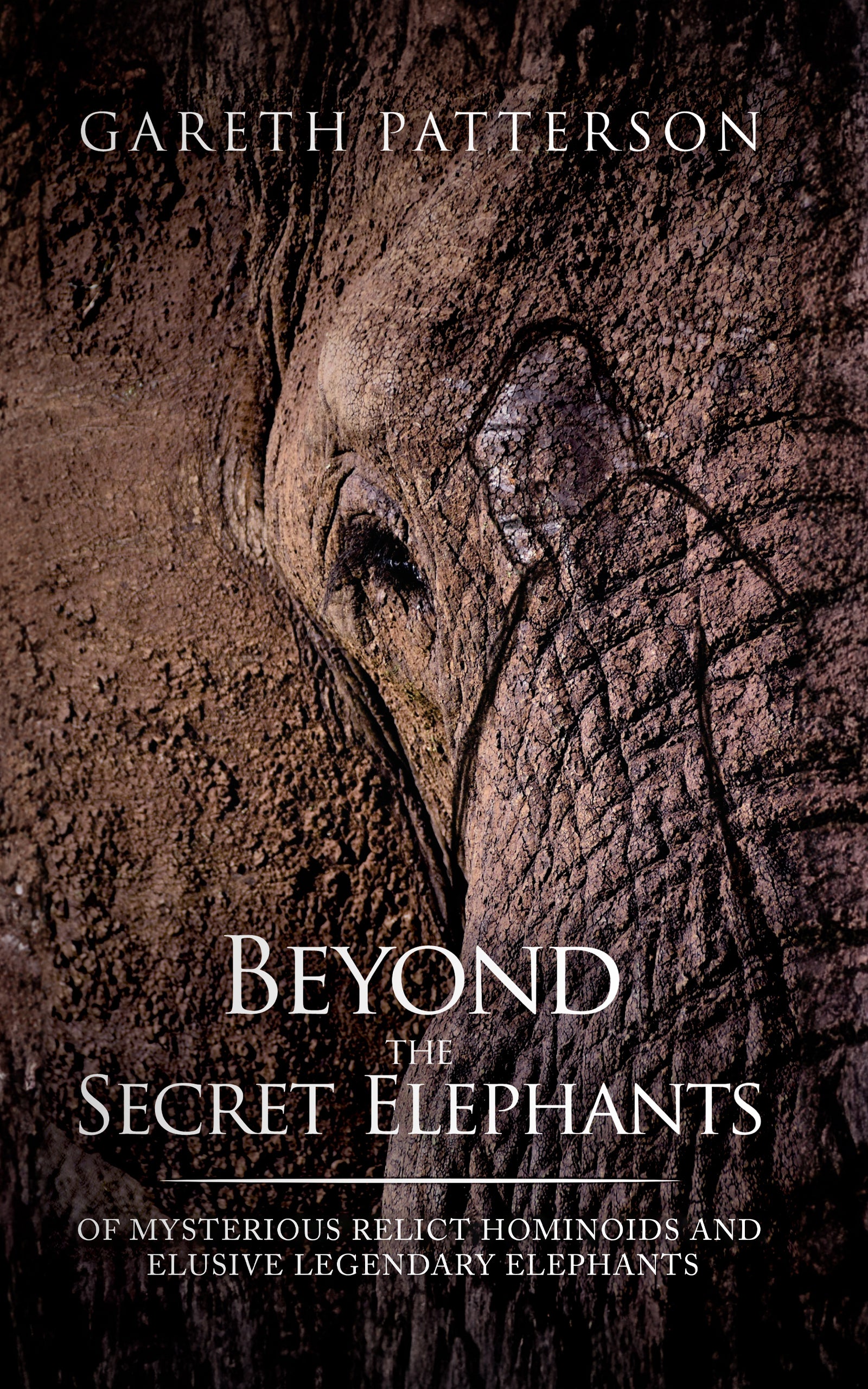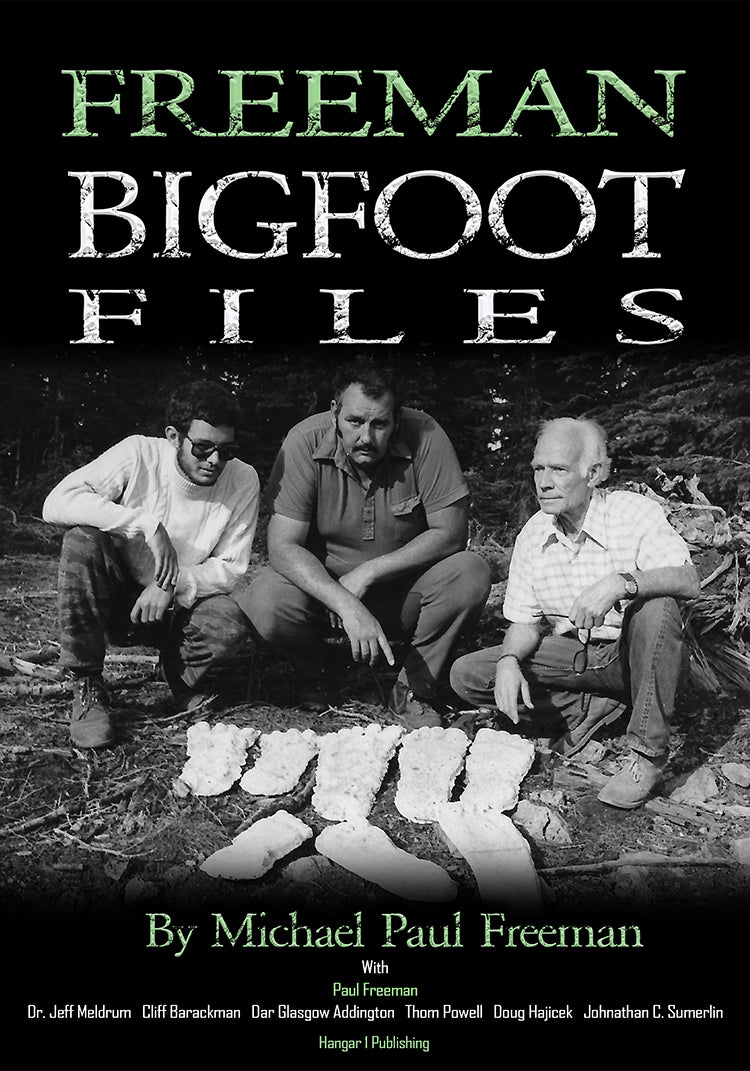Bernard Heuvelmans Cryptozoologist: Pioneer of Hidden Animal Studies

By Dr. Elizabeth Harper, Cryptozoologist
In the shadowy realm between science and folklore, where mystery meets methodology, there exists a field of study that has captivated the imagination of both scholars and enthusiasts for decades. This is the world of cryptozoology, the study of hidden animals, and at its helm stands a figure whose work has defined and shaped the discipline: Bernard Heuvelmans, the "Father of Cryptozoology."
Early Life and Education
Born on October 10, 1916, in Le Havre, France, Heuvelmans' journey from a young zoologist to the pioneer of a controversial field is a tale of scientific rigor meeting unbridled curiosity. His life's work would challenge the boundaries of zoological research and spark debates that continue to this day about the nature of scientific inquiry and the possibility of undiscovered creatures lurking in the world's most remote corners.
Heuvelmans' fascination with the natural world began early in his life. Raised in Belgium, he found himself drawn to the adventurous tales of Jules Verne and Sir Arthur Conan Doyle, whose stories of lost worlds and prehistoric beasts fired his young imagination. These literary influences would later play a crucial role in shaping his approach to the study of unknown animals, blending scientific methodology with a storyteller's appreciation for the power of narrative.
His academic journey led him to the Free University of Brussels, where he earned his doctorate in zoology at the remarkably young age of 23. Heuvelmans' doctoral thesis, focusing on the classification of aardvark teeth, demonstrated his keen eye for detail and his ability to find significance in the overlooked aspects of the natural world. This early work, while seemingly far removed from the realm of cryptids and sea monsters, laid the foundation for his later, more unconventional research.
The Birth of Cryptozoology
The pivotal moment in Heuvelmans' career came in 1948 when he encountered an article by Ivan T. Sanderson titled "There Could be Dinosaurs." This piece, which explored the possibility of prehistoric creatures surviving in remote areas, struck a chord with Heuvelmans. It was a catalyst that transformed his vague interest in zoological oddities into a determined quest to uncover evidence of unknown animals.
In 1955, Heuvelmans published his seminal work, "Sur la Piste des Bêtes Ignorées," later translated into English as "On the Track of Unknown Animals." This book, which would become the cornerstone of cryptozoology, was a tour de force of research and speculation. Heuvelmans meticulously compiled reports, legends, and scientific literature to argue for the existence of creatures that had eluded formal scientific recognition.
The book's impact was immediate and far-reaching. It presented cryptozoology not as a fringe pursuit, but as a serious field of study deserving of scientific attention. Heuvelmans argued that many animals once considered mythical had later been proven to exist, citing examples like the mountain gorilla and the giant squid. His work suggested that the world still held secrets waiting to be uncovered by those willing to look beyond the boundaries of established zoology.
Heuvelmans' Approach to Cryptozoology
Heuvelmans' approach was revolutionary in its synthesis of scientific rigor and open-minded exploration. He emphasized the importance of local knowledge and eyewitness accounts, arguing that indigenous peoples and explorers often possessed valuable information about the fauna of their regions. This respect for traditional knowledge, combined with his insistence on applying scientific methods to the study of cryptids, set cryptozoology apart from mere monster-hunting.
The term "cryptozoology" itself is attributed to Heuvelmans, though he later acknowledged that Sanderson had coined it earlier. Regardless of its origin, the word came to embody a new approach to the study of unknown animals, one that sought to bridge the gap between folklore and scientific inquiry.
Major Works and Contributions
In the Wake of the Sea Serpents
Heuvelmans' work extended beyond mere speculation. In 1968, he published "In the Wake of the Sea Serpents," a comprehensive study of marine cryptids. In this book, he introduced what became known as the Heuvelmans System, a classification scheme for sea serpent sightings. This system divided reported sightings into nine distinct categories, including the long-necked, the many-humped, and the super-otter, among others. While controversial, this attempt to bring order to the chaos of cryptid reports demonstrated Heuvelmans' commitment to applying scientific principles to even the most outlandish claims.
The Minnesota Iceman Controversy
Perhaps the most contentious episode in Heuvelmans' career was his involvement with the Minnesota Iceman case. In 1968, Heuvelmans and his colleague Ivan Sanderson examined what was purported to be the frozen corpse of an unknown hominid. Heuvelmans went so far as to declare it a new species, which he named Homo pongoides. This claim, made in a 1969 paper published in a scientific journal, sparked intense debate and criticism from the scientific community.
The Minnesota Iceman case highlights both the promise and the pitfalls of cryptozoology. On one hand, it demonstrated Heuvelmans' willingness to stake his reputation on what he believed to be a groundbreaking discovery. On the other, it exposed the field to accusations of credulity and pseudoscience. The specimen was later revealed to be a latex model, a fact that dealt a significant blow to Heuvelmans' credibility in some circles.
Founding the International Society of Cryptozoology
Despite such setbacks, Heuvelmans continued to champion the cause of cryptozoology throughout his career. In 1982, he helped found the International Society of Cryptozoology (ISC), serving as its first president. The ISC aimed to provide a forum for serious discussion and research into cryptids, bringing together scientists, explorers, and enthusiasts from around the world.
Influence and Legacy
Heuvelmans' work inspired a generation of researchers and writers to pursue the study of hidden animals. His influence can be seen in the countless books, television shows, and expeditions dedicated to the search for creatures like Bigfoot, the Loch Ness Monster, and the Yeti. While many of these efforts have strayed far from Heuvelmans' vision of scientific cryptozoology, they nonetheless owe a debt to his pioneering work.
Criticisms and Controversies
Critics of cryptozoology often point to the lack of physical evidence for many of the creatures Heuvelmans and his followers have championed. They argue that the field relies too heavily on anecdotal evidence and that its practitioners are too quick to dismiss conventional explanations for cryptid sightings. Some have gone so far as to label cryptozoology a pseudoscience, arguing that it fails to meet the standards of empirical research required by mainstream zoology.
Heuvelmans was not blind to these criticisms. He acknowledged the speculative nature of much cryptozoological research but argued that speculation had its place in scientific inquiry. He pointed to historical examples of animals once thought mythical, like the gorilla and the giant panda, as proof that skepticism should not preclude investigation.
Later Years and Death
In his later years, Heuvelmans continued to write and research, though he became increasingly reclusive. He converted to Buddhism, a shift that some have seen as reflecting a more spiritual approach to his work. In 1999, he donated his vast archive of cryptozoological materials to the Museum of Zoology in Lausanne, Switzerland, ensuring that his life's work would be preserved for future generations of researchers.
Bernard Heuvelmans passed away on August 22, 2001, at the age of 84. His death marked the end of an era in cryptozoology, but his influence continues to be felt in the field he helped create. Today, cryptozoology occupies a unique and often controversial position in the scientific landscape. While mainstream zoologists remain skeptical of its claims, the field continues to attract both serious researchers and enthusiastic amateurs.
Assessing Heuvelmans' Impact
The legacy of Bernard Heuvelmans is complex and multifaceted. To his supporters, he was a visionary who dared to challenge scientific orthodoxy and explore the boundaries of the natural world. To his critics, he was a well-meaning but misguided figure whose work blurred the lines between science and fantasy.
Perhaps the true value of Heuvelmans' work lies not in the specific creatures he sought, but in the questions he raised about the nature of scientific inquiry. His insistence on the possibility of unknown animals challenged the complacency of a scientific establishment that sometimes seemed too quick to dismiss the unfamiliar. In an age of rapid environmental change and biodiversity loss, the idea that large, unknown species might still exist serves as a powerful reminder of how much we have yet to learn about our planet.
The Evolution of Cryptozoology
Cryptozoology as envisioned by Heuvelmans was never meant to be a rejection of scientific principles, but rather an expansion of them. He argued for a more inclusive approach to zoology, one that valued the knowledge of indigenous peoples and was open to possibilities beyond the current scientific consensus. While this approach has its risks, it also has the potential to lead to genuine discoveries.
The field of cryptozoology has evolved since Heuvelmans' time, with some researchers adopting more rigorous methods and others veering further into speculation. The advent of genetic analysis and advanced imaging technologies has provided new tools for investigating cryptid claims, though definitive proof of creatures like Bigfoot or the Loch Ness Monster remains elusive.
In recent years, there has been a renewed interest in the potential for undiscovered species, particularly in remote or understudied ecosystems. While these efforts are generally conducted within the framework of mainstream zoology rather than cryptozoology, they echo Heuvelmans' belief in the importance of continued exploration and open-mindedness in the natural sciences.
Conclusion: The Enduring Appeal of Cryptozoology
The story of Bernard Heuvelmans and the birth of cryptozoology is, at its core, a story about the human desire to explore the unknown. It speaks to our fascination with mystery and our hope that the world still holds secrets waiting to be uncovered. Whether one views cryptozoology as a legitimate scientific pursuit or a misguided quest, its enduring popularity testifies to the power of this desire.
As we continue to grapple with the challenges of conservation and biodiversity loss in the 21st century, the legacy of Bernard Heuvelmans serves as a reminder of the importance of curiosity and wonder in our approach to the natural world. While we may not find the specific creatures he sought, the spirit of exploration and open-minded inquiry he championed remains as relevant as ever.
In the end, the true measure of Heuvelmans' impact may not be in the creatures he claimed to have found, but in the questions he inspired us to ask. His work challenges us to look beyond the boundaries of what we think we know and to remain open to the possibility of discovery. In a world that sometimes seems fully mapped and categorized, cryptozoology offers a tantalizing glimpse of the mysteries that might still await us in the shadows of the unexplored.
From Bigfoot to UFOs: Hangar 1 Publishing Has You Covered!
Explore Untold Stories: Venture into the world of UFOs, cryptids, Bigfoot, and beyond. Every story is a journey into the extraordinary.
Immersive Book Technology: Experience real videos, sights, and sounds within our books. Its not just reading; its an adventure.


